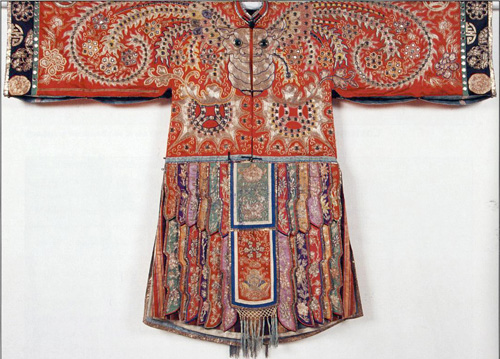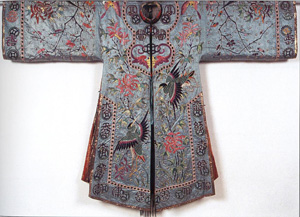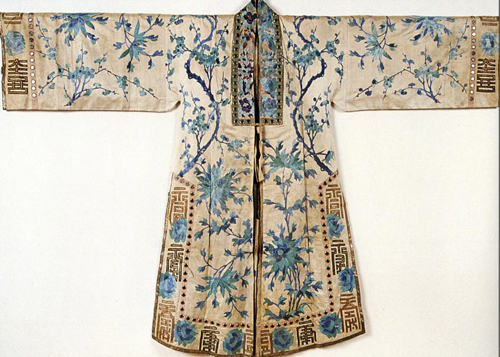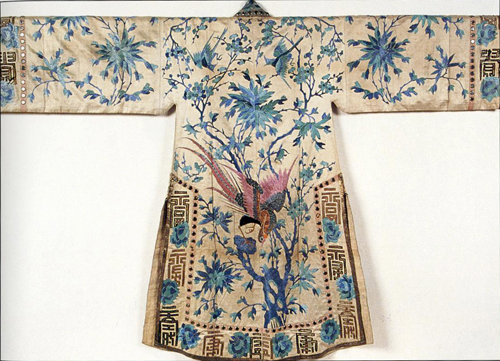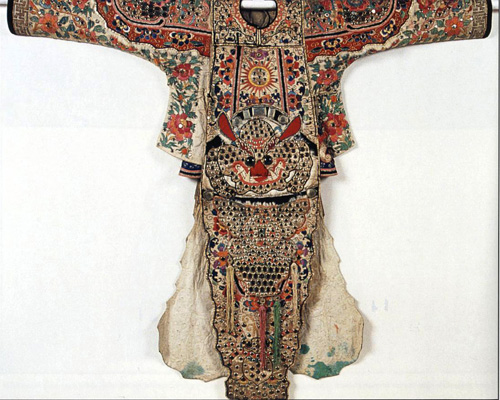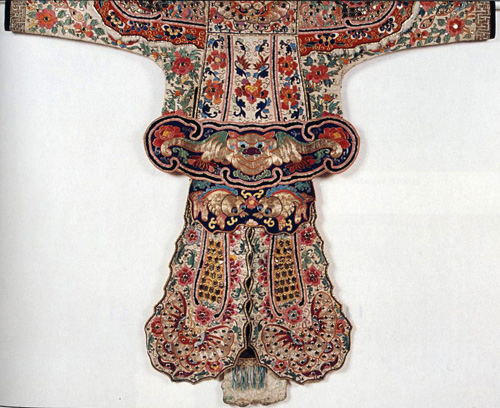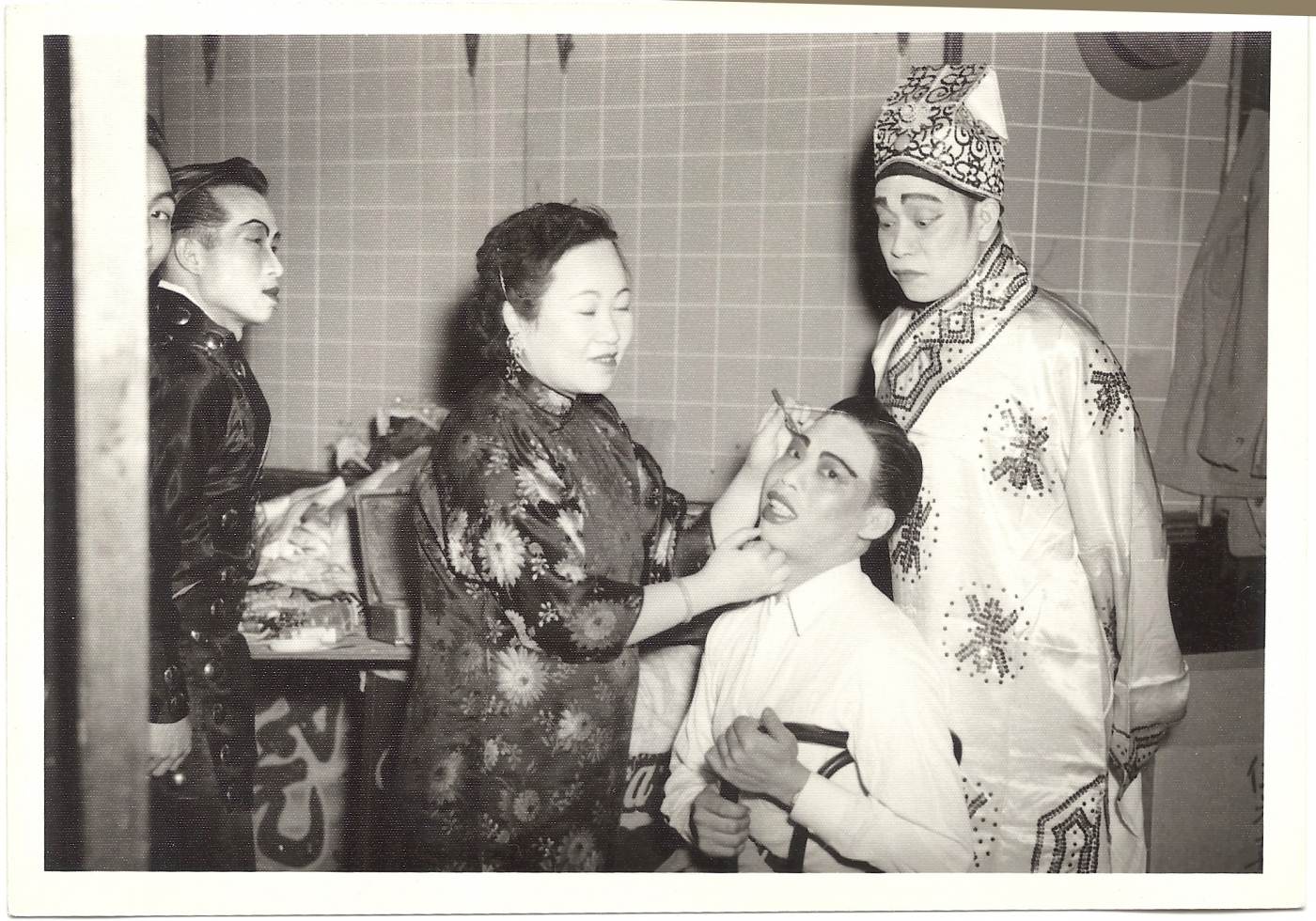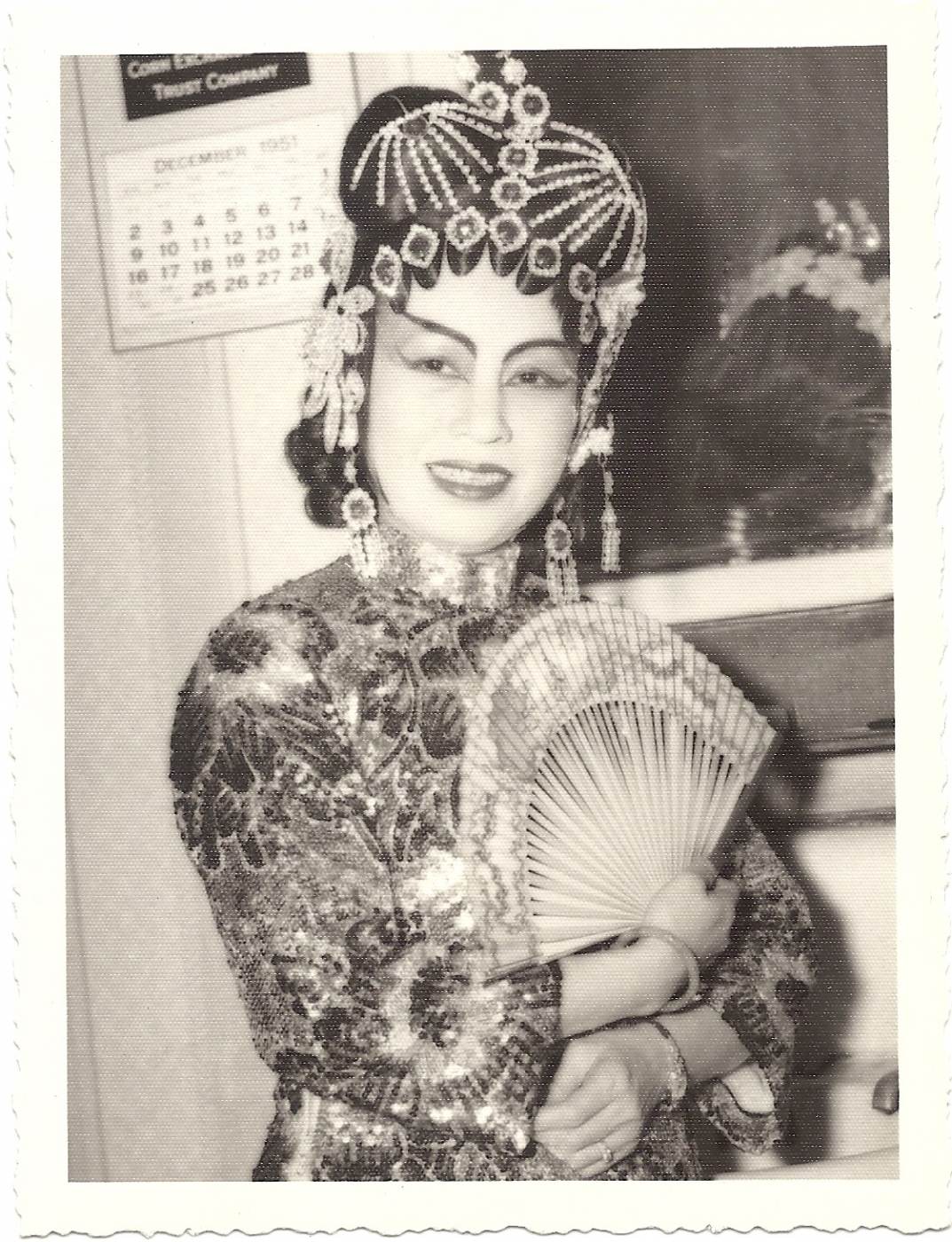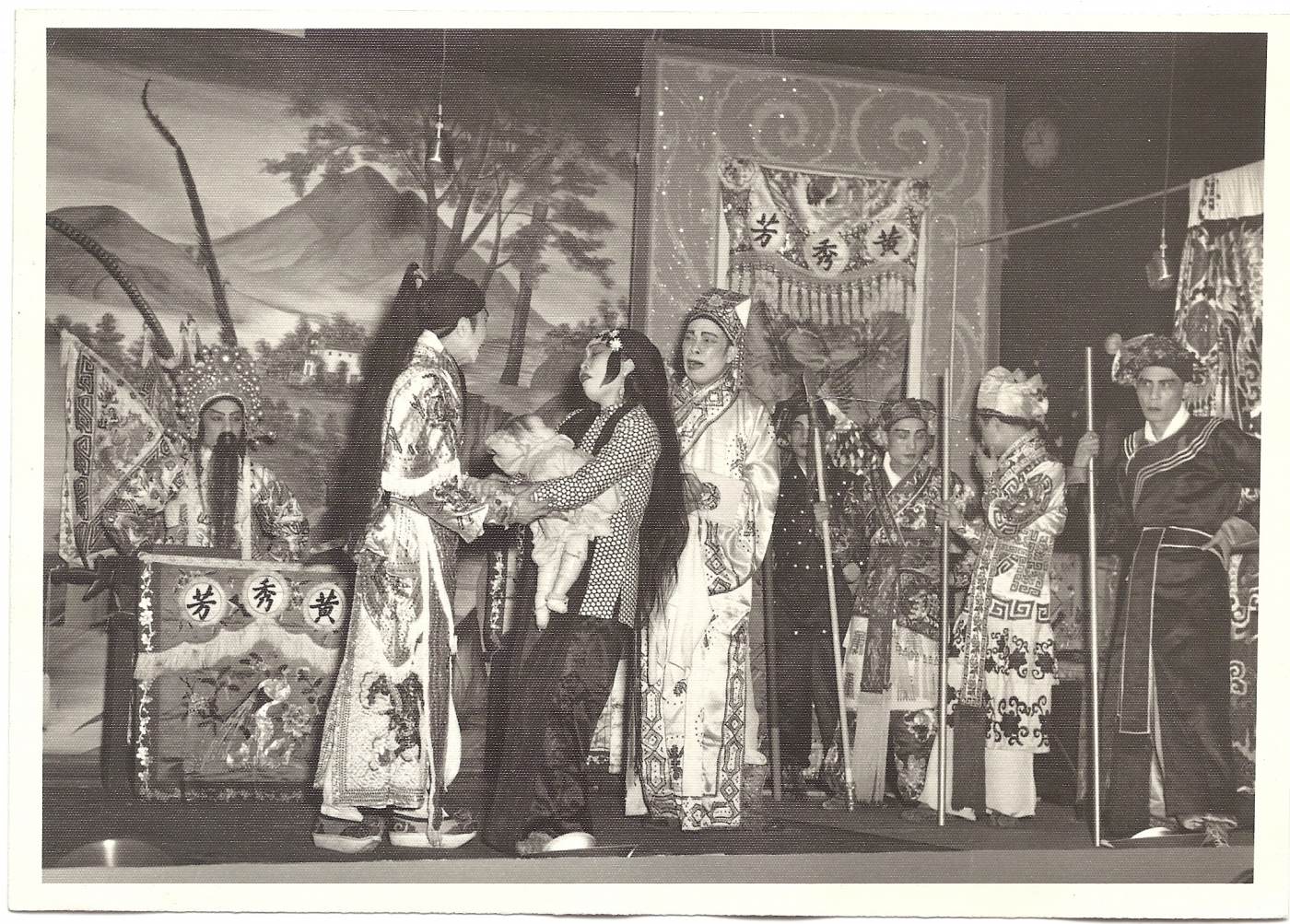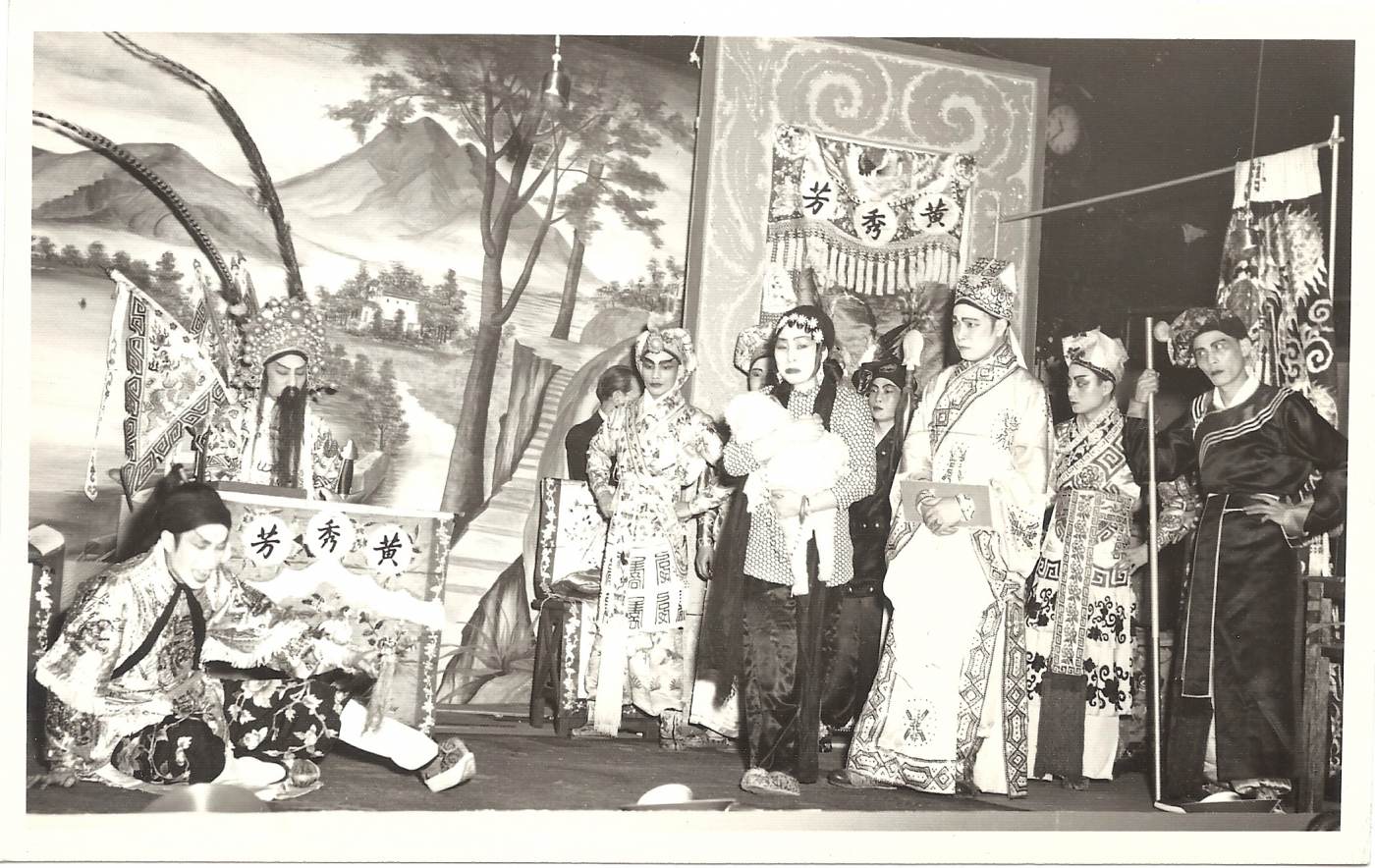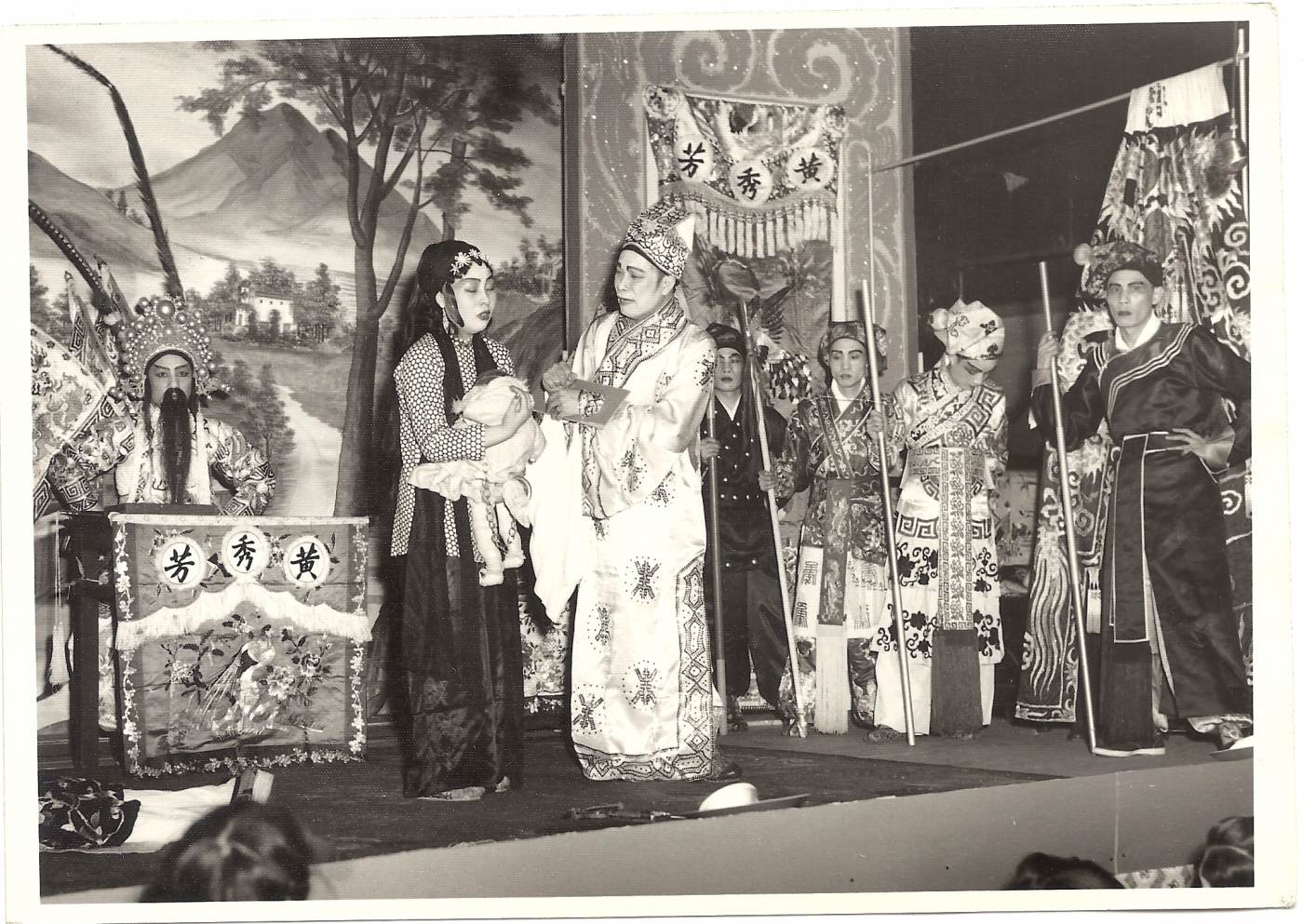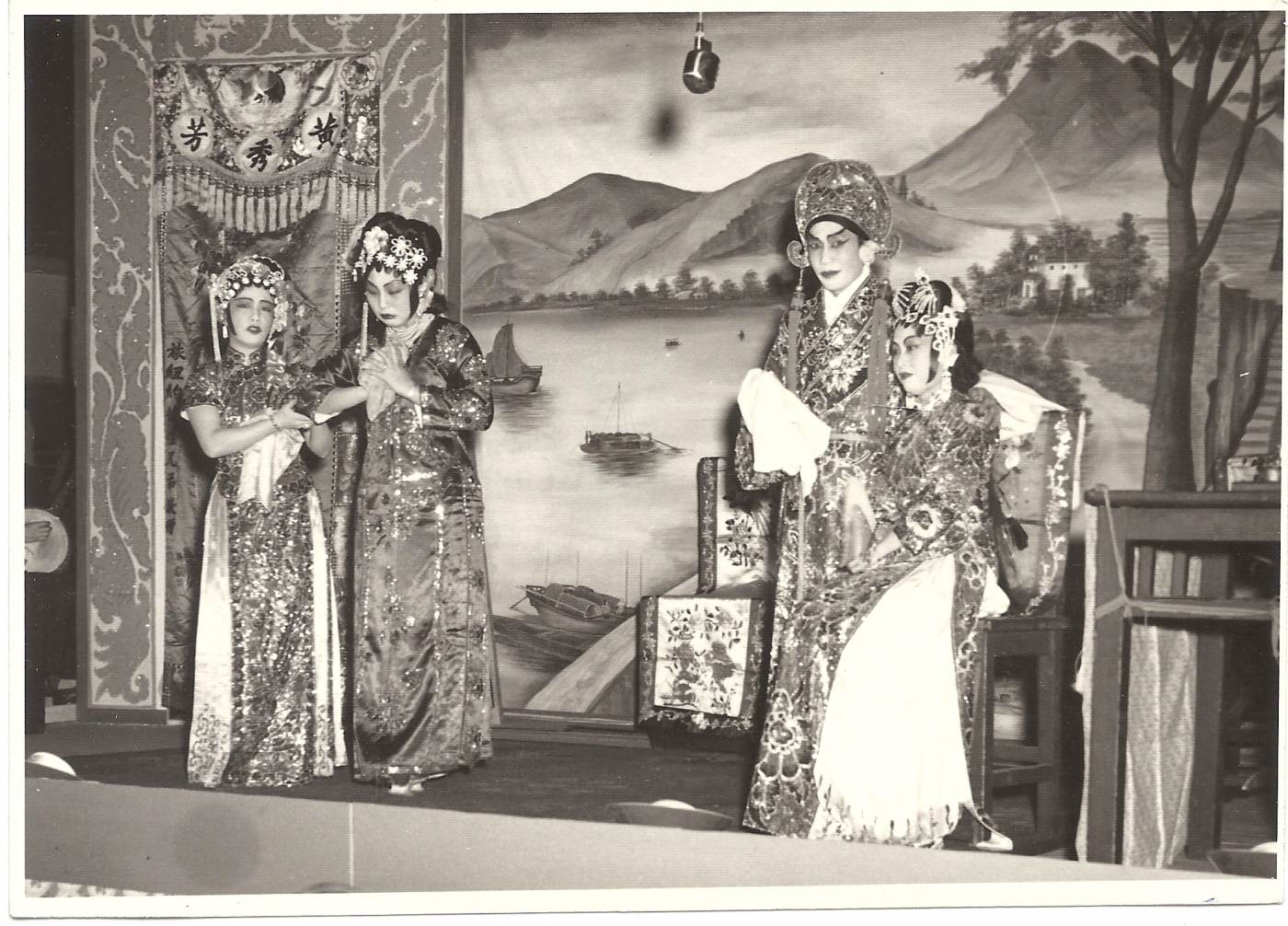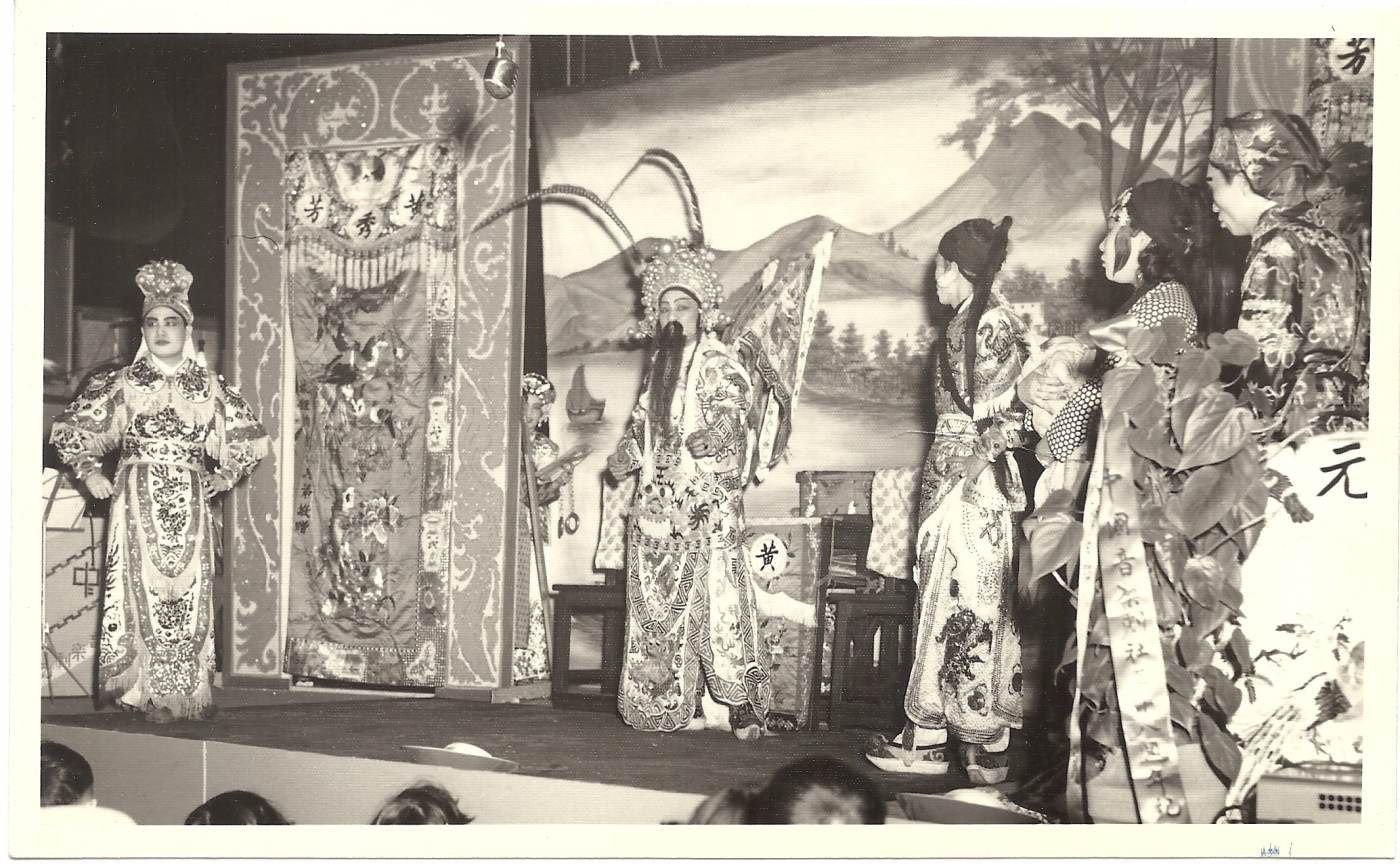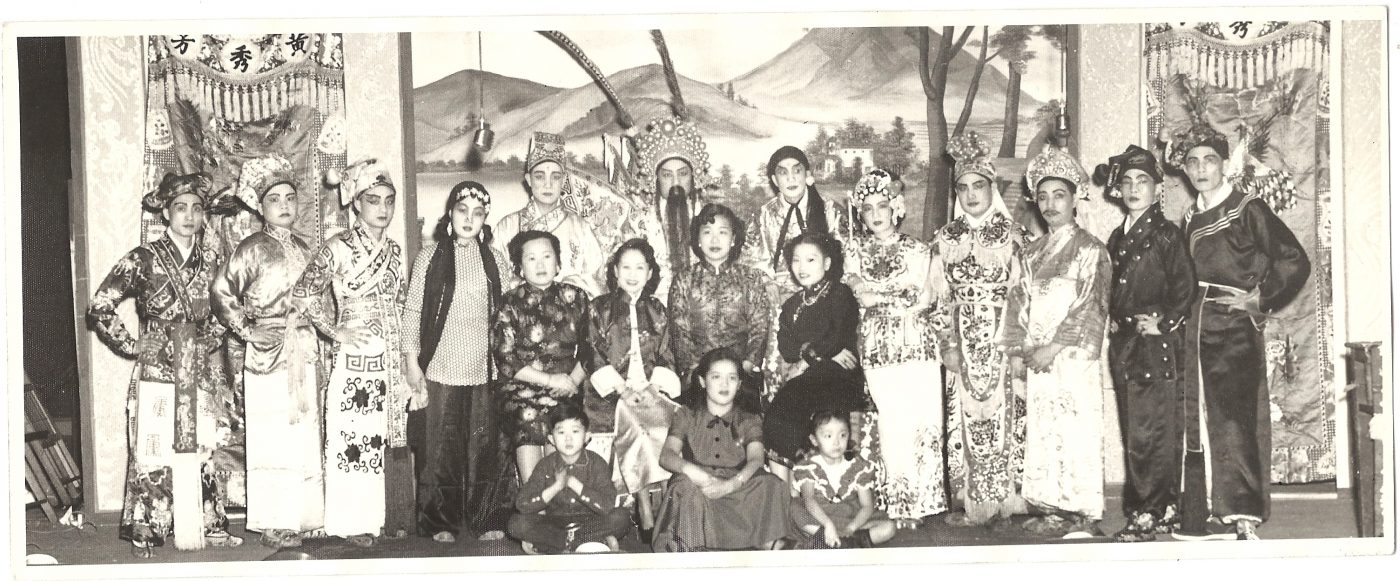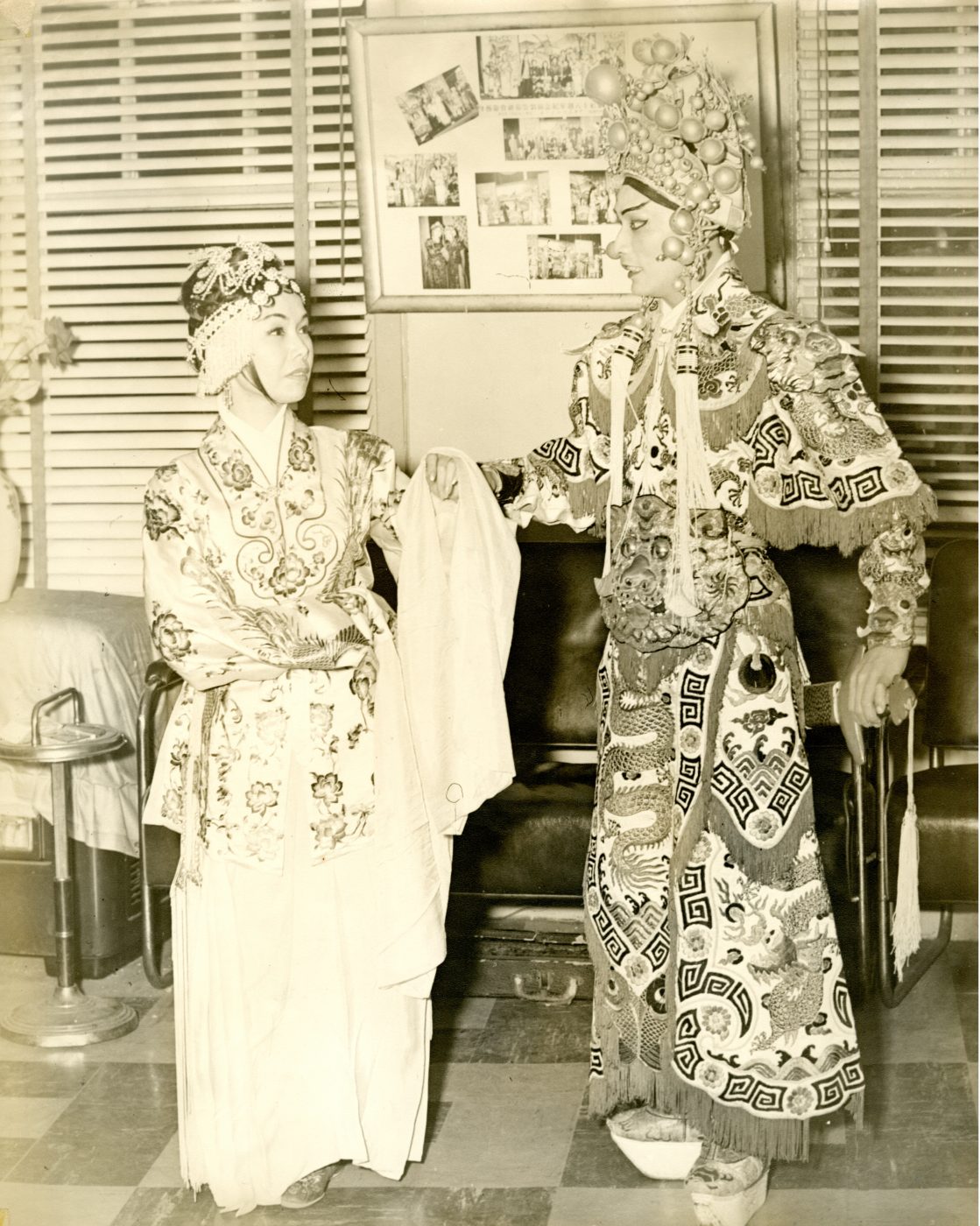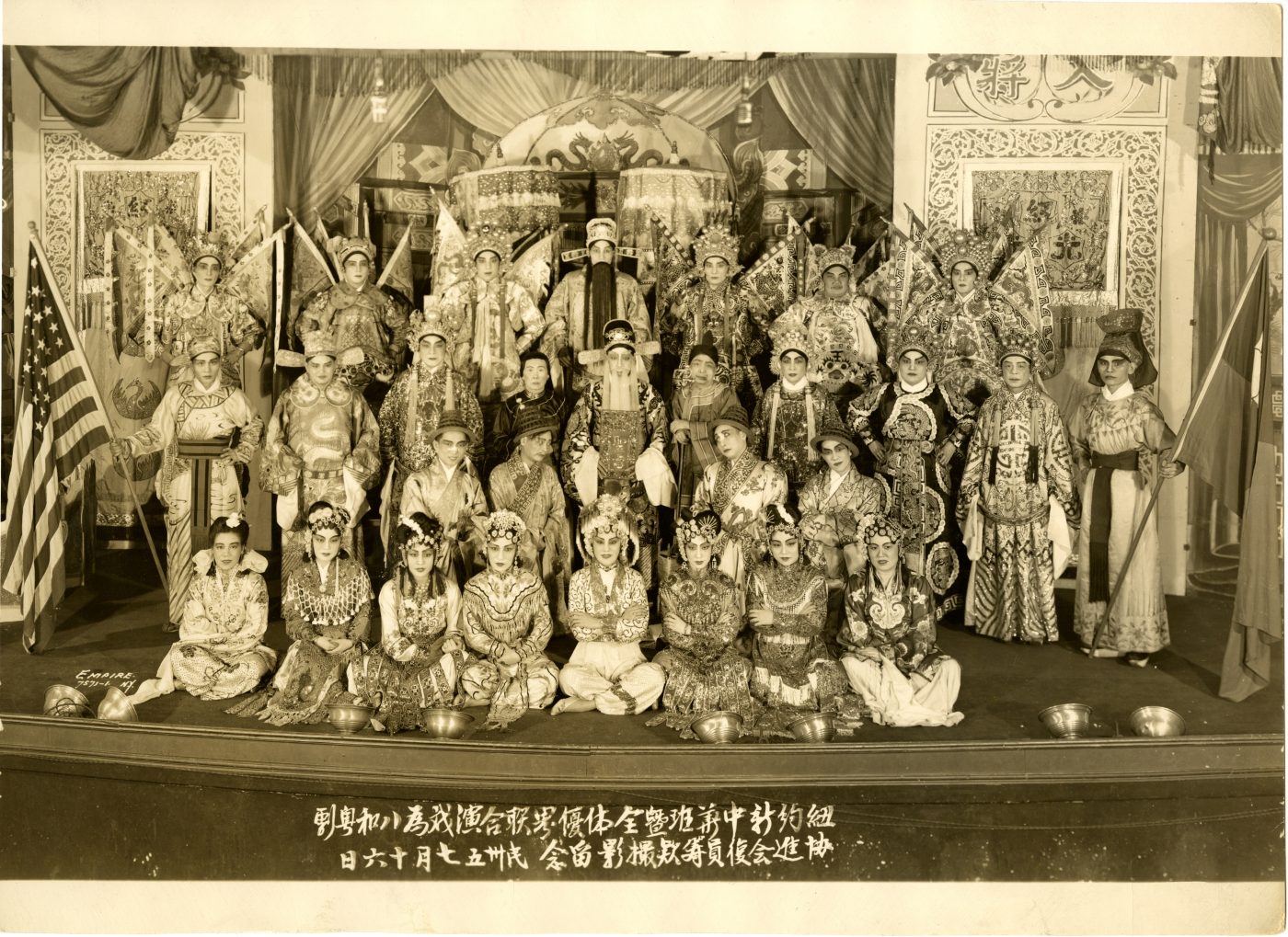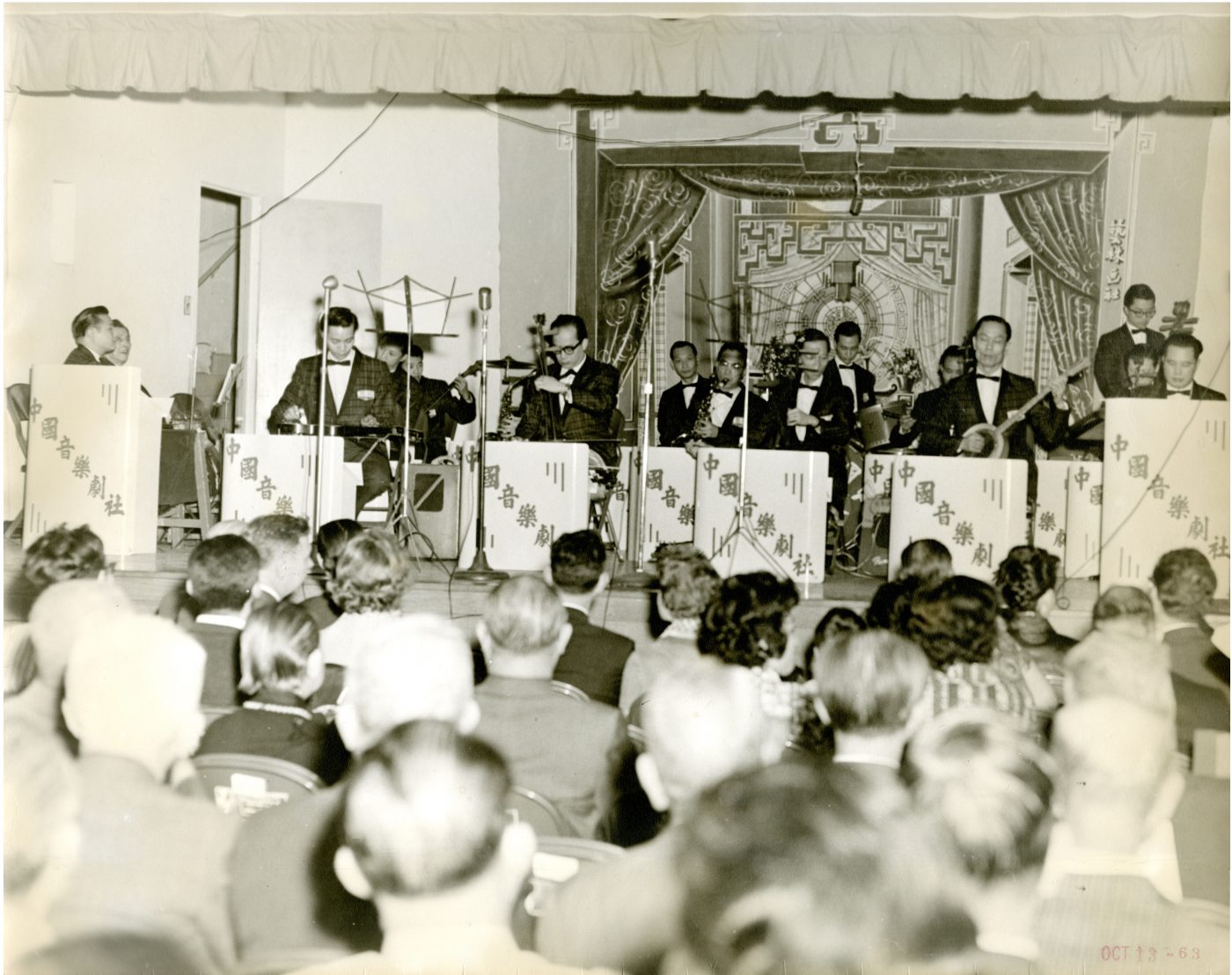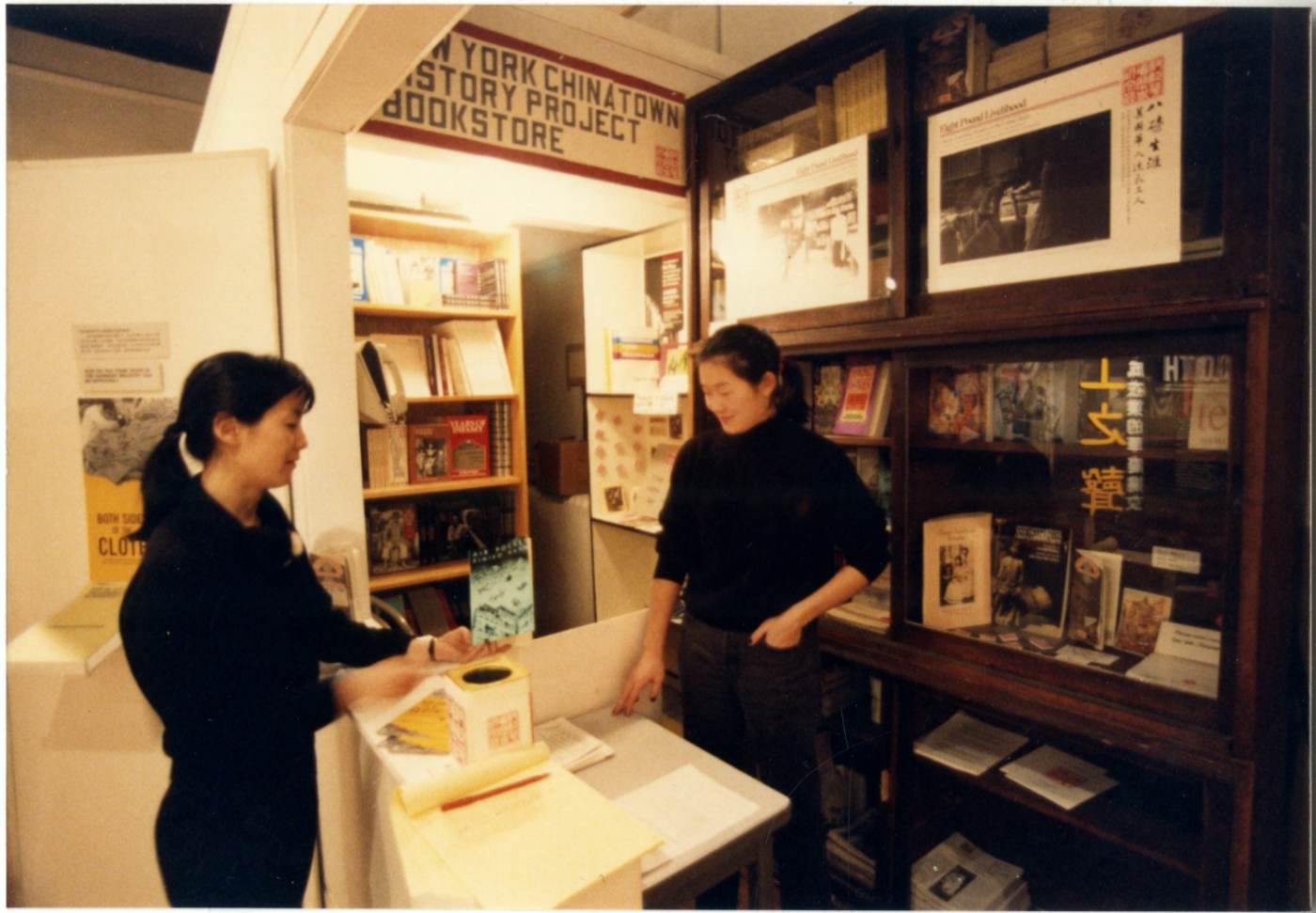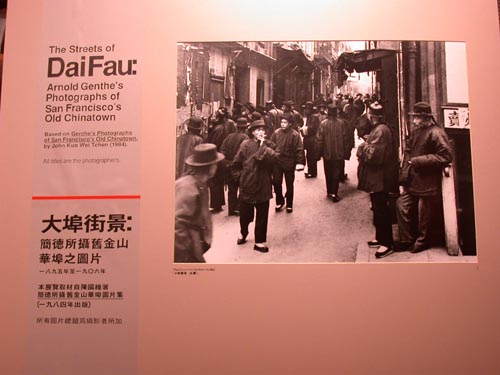Collections馆藏Collections馆藏Collections馆藏Collections馆藏Collections馆藏Collections馆藏Collections馆藏Collections馆藏Collections馆藏Collections馆藏Collections馆藏Collections馆藏Collections馆藏Collections馆藏Collections馆藏Collections馆藏Collections馆藏Collections馆藏Collections馆藏Collections馆藏Collections馆藏Collections馆藏Collections馆藏Collections馆藏Collections馆藏Collections馆藏Collections馆藏Collections馆藏Collections馆藏Collections馆藏Collections馆藏Collections馆藏Collections馆藏Collections馆藏Collections馆藏Collections馆藏Collections馆藏Collections馆藏Collections馆藏Collections馆藏Collections馆藏Collections馆藏Collections馆藏Collections馆藏Collections馆藏Collections馆藏Collections馆藏Collections馆藏Collections馆藏Collections馆藏Collections馆藏Collections馆藏Collections馆藏Collections馆藏Collections馆藏Collections馆藏Collections馆藏Collections馆藏Collections馆藏Collections馆藏Collections馆藏Collections馆藏Collections馆藏Collections馆藏
In 1989, MOCA acquired the Chinese Musical and Theatrical Association (CMTA) collection. The materials included costumes, musical scores, instruments, and documents that were discarded when the opera club moved to a smaller location; they were housed in eight large trunks. Anonymous sources told MOCA staff that materials had been left behind, and the museum organized a spur-of-the-moment excursion to rescue materials that included staff, board members, and volunteers.
MOCA went on to use the materials in their 1991 exhibition Red Boat on the Canal. The show explored the history of Cantonese opera in New York City. The costumes have been borrowed and displayed by Macy’s for their Lunar New Year celebrations at their Herald Square location.
